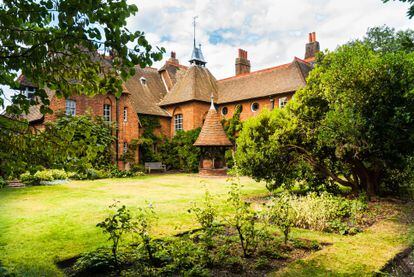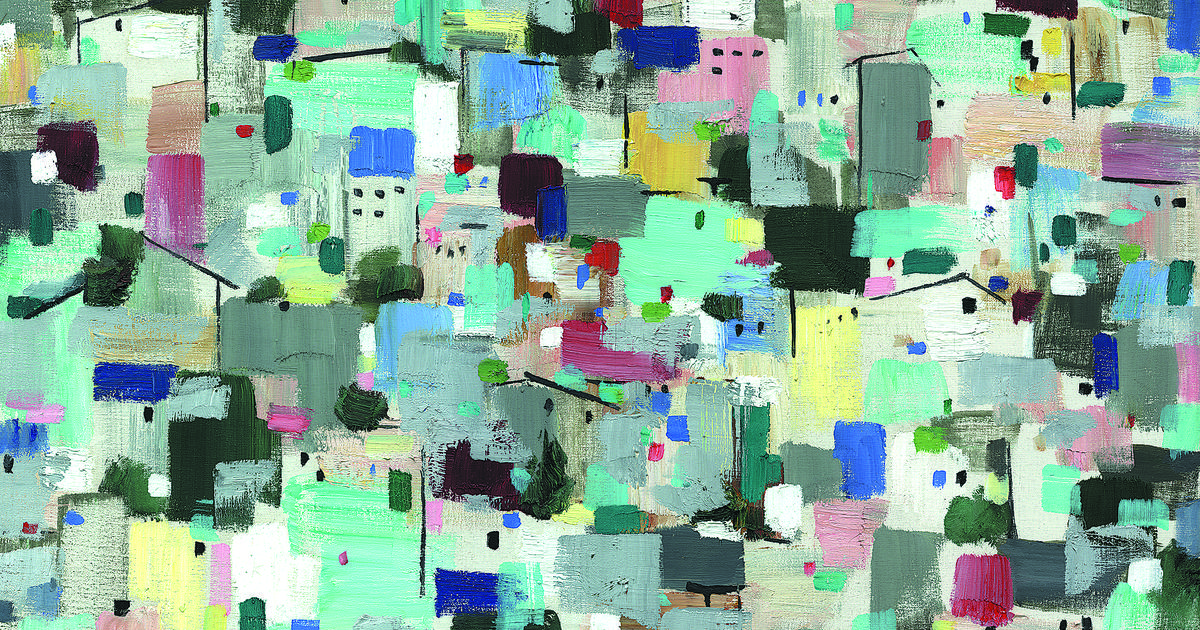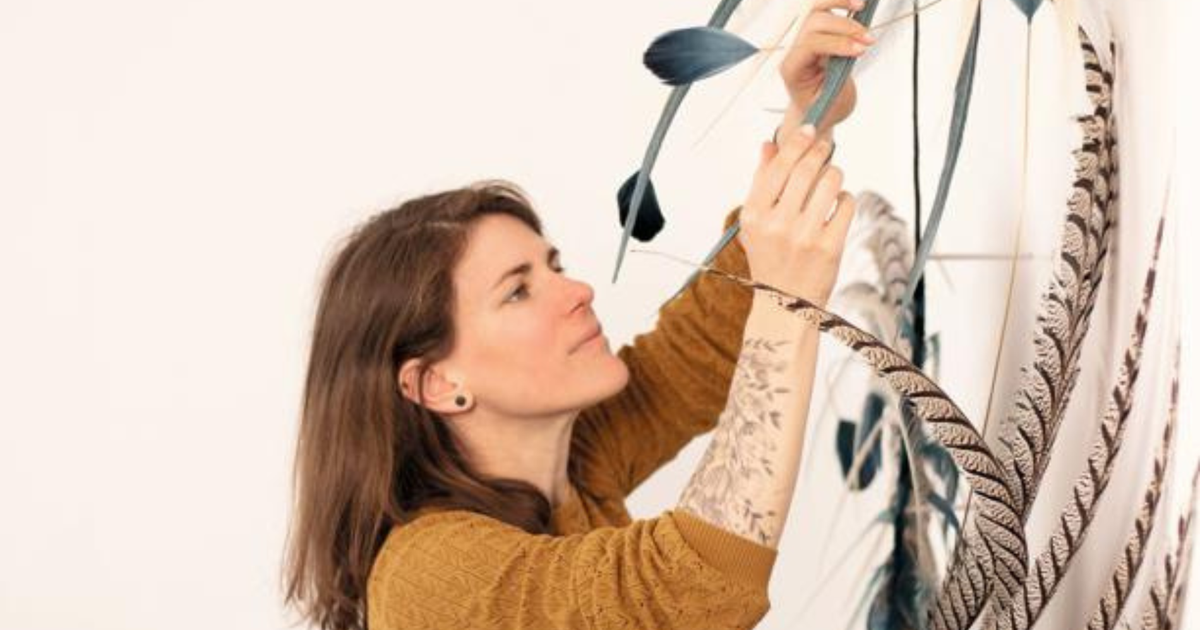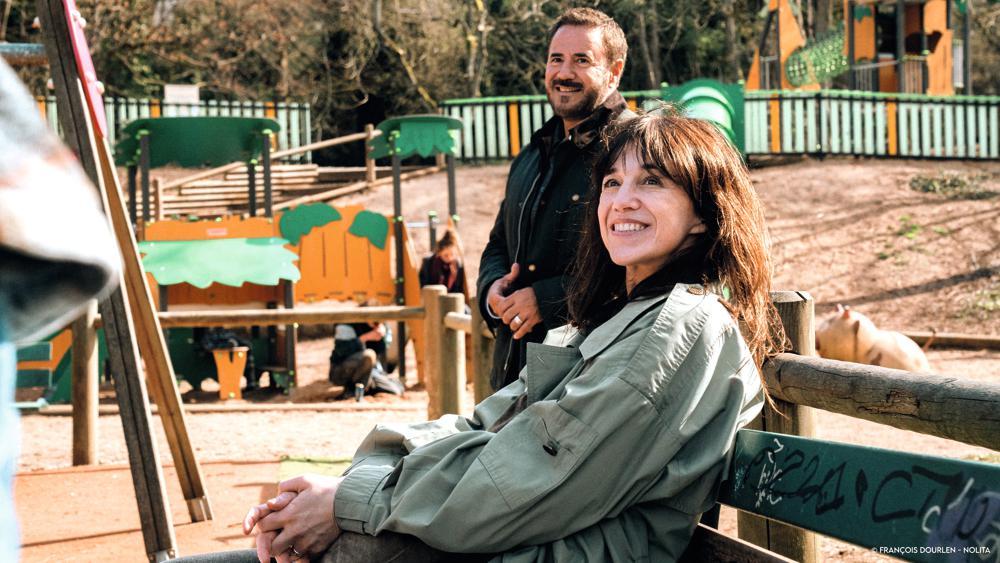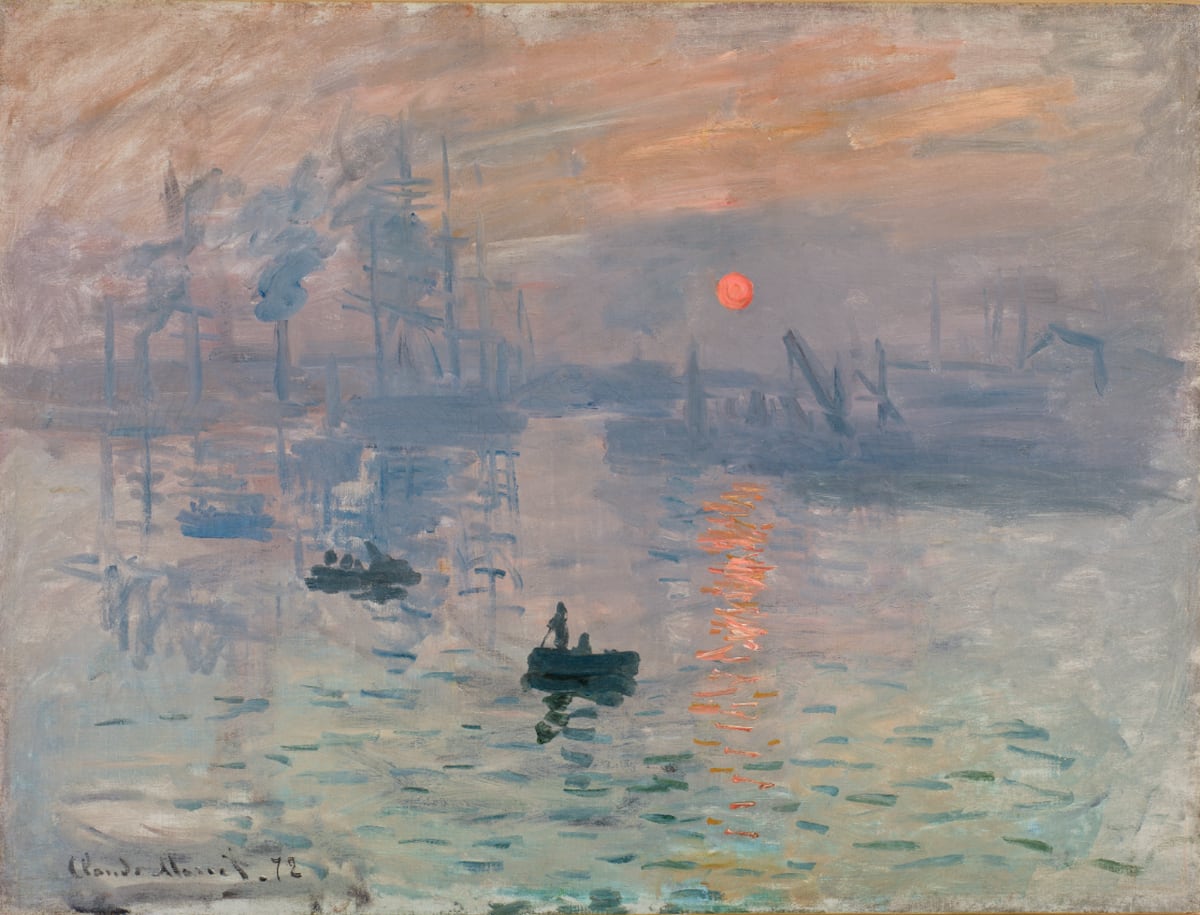William Morris (1834-1896) did many things, and he did all of them well.
Poet, architect, typographer, printer, editor, craftsman, textile teacher, translator, novelist, defender of ancient buildings and the natural environment;
At an advanced age, in an unexpected reconversion, he went from romantic artist to activist and socialist agitator.
But above all, his obsession and his main legacy was to rejoin the so-called "major" and "minor" arts, fine arts and crafts, the pure aesthetic enjoyment of a work with the utility of a tool.
“I thought that what is useful must be beautiful and that what is beautiful must be useful,” explains Manuel Fontán del Junco, Director of Exhibitions at the Juan March Foundation, which programmed the
William Morris and company
exhibition
, the
Arts & Crafts movement
in 2017.
in Great Britain.
Thus, the Arts & Crafts movement (something like Arts and Crafts) of which it is a reference was dedicated to making art in interior design, furniture, wallpapers, bindings.
He not only wanted to change the way of understanding art in the Victorian era, but the way of understanding life.
In fact, beyond his material contribution, a good part of Morris's legacy lies in his ideas, which, yes, were faithfully reflected in his creations.
For the members of the Arts & Crafts, art should not only be an object of rapture or be exclusively on altars or in museums, but should also infiltrate daily life, in the warm depths of the home.
Morris himself carried out his principles in his residence, the Red House, a "Palace of the Arts" built in Kent by Phillip Webb, made of red brick and full of wall paintings and stained glass windows where he met to produce art with his colleagues.
For his work, Morris is considered a pioneer of design and modernity.
In the photos that are preserved, he is seen as a gentle man with a thick beard and somewhat wild hair.
William Morris's greatest obsession was putting the fine arts and crafts back together.getty images
Morris carried out his beginnings in his residence, the Red House, red brick and full of wall paintings and stained glass windows, where he met to produce art with his colleagues.Alamy Stock Photo
Morris's times were turbulent times: industrialism was changing the face of the planet by leaps and bounds, restructuring society, creating new pockets of oppression and poverty around the working class, changing the ways of producing, introducing a technology that accelerated production. lifetimes and eliminated many trades, generating inequality and injustice.
Well thought out, it could be a description of the current situation.
Morris rebelled against those changes that, in his opinion, were leading us towards a dehumanized world.
The Arts & Crafts movement itself had something to do with that, with regaining calm, care, manual work, simple materials, processes of human rhythm and size.
Other prominent members were Charles Robert Ashbee, Charles FA Voysey, Mackay Hugh Baillie Scott and Ernest William Gimson.
"In Morris's ideal, technique would also be a mode of ethics and not an altar erected to progress where we sacrifice our own humanity", writes the sociologist Estela Schindel in the prologue of the book
How We Live and How We Could Live
(Pumpkin Seeds ).
Morris & Co., the company where he handcrafted objects, furniture and fabrics.Getty Images
It is usually cited as the beginning of the movement, which had something of a medieval craftsmen's guild, the founding of the Morris, Marshall, Faulkner & Co (later Morris & Company) company.
The idea was to create quality products at affordable prices for all social classes, but ultimately the clientele belonged mostly to the bourgeoisie.
As we also know today, it is not easy to produce by hand at low prices.
In fact, that is one of the graces of industrial production.
"In the end, those who could afford a neat Morris & Co. product were the wealthiest layers of society," says Fontán del Junco.
That contradiction haunted Morris throughout his life.
Morris's socialist activism was heavily tied to his ideas about arts and crafts.
“He is, without a doubt, the theorist who took the idea of human equality the furthest, because he started from the closest premises,” explains Julián Lacalle, editor of Pepitas de Calabaza, who has published some of Morris's works in Spanish (
The era of the ersatz, How We Live and How We Could Live
).
"His idea is elevated because it is close and deals with the daily development of the human being," adds the editor.
Morris's positions drew heavily from those of another intellectual of the time, his friend John Ruskin, a sociologist, critic, artist and socialist who also criticized industrialism and the alienation of workers and who believed that the main motive for working should be the The worker's own enjoyment, which was presumed to the medieval craftsmen who manufactured their pieces from beginning to end, without being just another link, almost a robot, in a cold assembly line.
Wall Tapestry 'Strawberry Thief', 1883. It was one of Morris's most famous motifs, and was in the collection of The William Morris Society.Cordon press
This is why Ruskin celebrated the errors and inaccuracies of craftsmanship and decried the mimetic soulless perfection of what the machine made.
Work, as it was transforming at the time, was under suspicion.
"The mere fact of asking whether a job makes sense or not is already a revolutionary idea," says Lacalle, "who, today, makes sense of much of the work they do?"
Members of the Arts & Crafts movement were strongly influenced by romantic ideas that rejected the rigidity of enlightened reason and, like the romantics, also appreciated medieval aesthetics and the exoticism of the Far East.
Like today's neo-rurals, they wanted to return to nature, at a time when huge masses of peasants were leaving the countryside to become the proletariat of the big cities.
“Morris rethought the space and time where our experience is framed”, says Fontán del Junco, “he does not want the new buildings to be ugly and the old ones to be beautiful but collapse, nor for the cities to be divided into wonderful historical centers and suburbs. infected.
The same applies for the differences between the country and the city.
With regard to time, he did not want the rhythms of life that occurred in his idealized Middle Ages and Renaissance to end ”.
Morris joined other members of the Hammersmith branch of the Socialist League in 1890. Alamy Stock Photo
Many of the ideas of Morris and the Arts & Crafts are reflected unchanged in contemporary times, more than a century later.
From this movement, multiple schools of arts and crafts sprang up that were scattered throughout the geography and that, later, ended up in what we now recognize as the figure of the designer.
Its influence was noted in
Art Nouveau
, Frank Lloyd Wright's organic architecture or the artistic avant-gardes, up to the Bauhaus.
More recently and commercially, his prints have inspired products from companies such as Ikea or H&M, and a tribute from Loewe.
If Morris lived through a turbulent time, the effects of the Industrial Revolution, ours, the last Technological Revolution, are no less so, and many people still have a taste for craftsmanship and the country, the search for a calmer life, the rejection of technological invasion, growing inequality and precariousness in the world of work.
Morris would be a committed individual today, but also
cool
.
His beard, by the way, wouldn't be out of tune either.
The goal persists in our
zeitgeist
: a new way of living that is more respectful of ourselves, others and the environment.
"In addition to the desire to produce beautiful things, the guiding passion of my life has been and continues to be hatred of modern civilization," wrote Morris.
An Arts and Crafts-style interior in Liverpool, Merseyside, 1901. Many elements of this art movement are displayed here, including botanical-inspired prints and motifs, human-scale furniture and handicrafts.Getty Images

